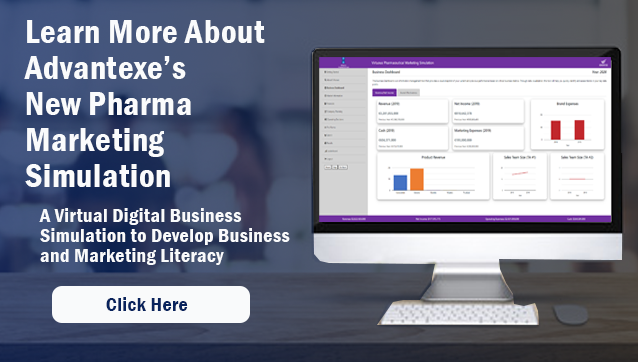Since COVID-19 has emerged in the US, we have seen a multitude of new trends appear that are  pertinent to healthcare providers, patients, and payors.
pertinent to healthcare providers, patients, and payors.
Physicians and patients have learned to embrace telemedicine and telehealth and Pharma companies have had to bench their sales forces due to social distancing requirements. As a result, Pharma Marketers are increasingly relying on virtual platforms and digital media to connect with their customers.
Additionally, we’ve seen the line continue to blur between home and office and work and leisure time. We’ve seen significant swings in the use of digital media and technology among HCPs as well as the population as a whole. Social media and video calls have replaced face-to-face interactions; paid search trends have dramatically increased; streaming video subscriptions and viewing have soared, we’ve seen a heightened demand for news content, and with the surge in vacationers driving to their summer destinations, Outdoor has made a huge comeback as well.
Not only have healthcare and media usage habits been disrupted, but the data available to make informed marketing and media decisions has evolved significantly. We can now collect and analyze real time information on behaviors, product and media consumption habits. Some of those tools available to Marketers include:
Smart Thermometers, or internet connected thermometers, that have been tracking fevers closely and using heat maps to show where the hot spots across the country are located.
Mobility Insights provide data on how population behaviors are evolving by day and by week, on a state and county level, during the COVID-19 pandemic. This information is available in real time, allowing us to most effectively and efficiently target audiences on a geographic bases and with the right product and message. The mobility insights offer a myriad of information including concentration levels of people travelling to specific locations from out of state, where they’re coming from and what percentage are self-quarantining versus failing to shelter in place; we can see the rate of relocation and most popular destinations, for recent home switchers across the US; and we can measure the link between social distancing and mobility, among other trends.
Google Search Trends are being used to track key words, products and activities on which people are most searching, by country, state or county.
This data, along with up-to-date media usage information are key to developing a strategy that most precisely targets your audience in the correct geographic regions, with the right product, at the most opportune time and with the most effective media channels and message. Based on current media habits, the majority of media channels would be digital in nature, but which may also be used in conjunction with outdoor advertising. Channels like video and digital display banner ads, addressable geofencing technology, contextual search and outdoor advertising, can increase brand awareness and likeability and ensure a nurturing marketing campaign. Some of these media channels that have shown to be effective include:
- Addressable Geofencing Display Ads: Place your display advertisement in front of HCPs, Patients and Consumers at point-of-care and retail.
- Connected TV/Over-the-Top (OTT) Video Advertising: Programmatic TV campaigns give you a greater reach with data-driven targeting.
- Digital Banner Ads Using 1st And 3rd Party Data: Optimize your online ad display spend on a granular level to reach and convert your HCP audience
- EMRs and EHRs: Reach HCPs when in office with display & email ads, sponsored content, social media marketing, downloadable coupons and more.
- Personalized Email: Target HCPs using personalized messages to get a higher response rate than with using generic eBlasts.
- Remarketing / Retargeting Ads: Strategically engage prospects who have already shown interest in your brand.
- Contextual and Behavioral Search Ads: A targeting technique to ensure that your ads are being seen by your specific audience.
- Social Media (Doximity, LinkedIn, Facebook, Instagram, Twitter, Pinterest, etc.): Build your brand presence and brand loyalty while increasing your conversion rates with a high ROI.
- Outdoor Advertising on Billboards, Toll Booths, Beach Signage: Reach audiences as they are driving to / from the office, from home to the grocery / drug store, or to their summer vacation destination. Typically, any Outdoor components would be paired with a geofencing or second screen channel for attribution and engagement purposes.




